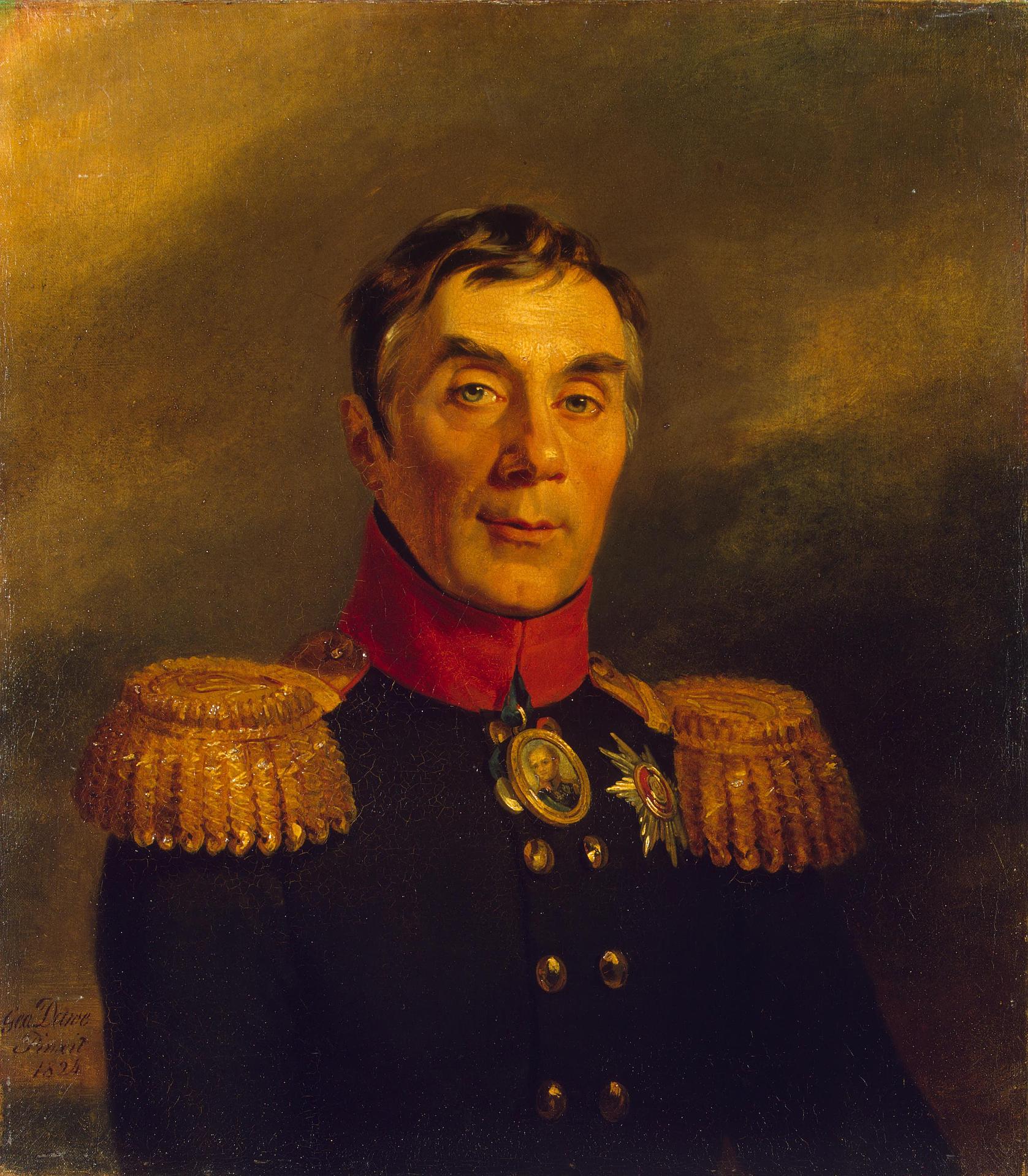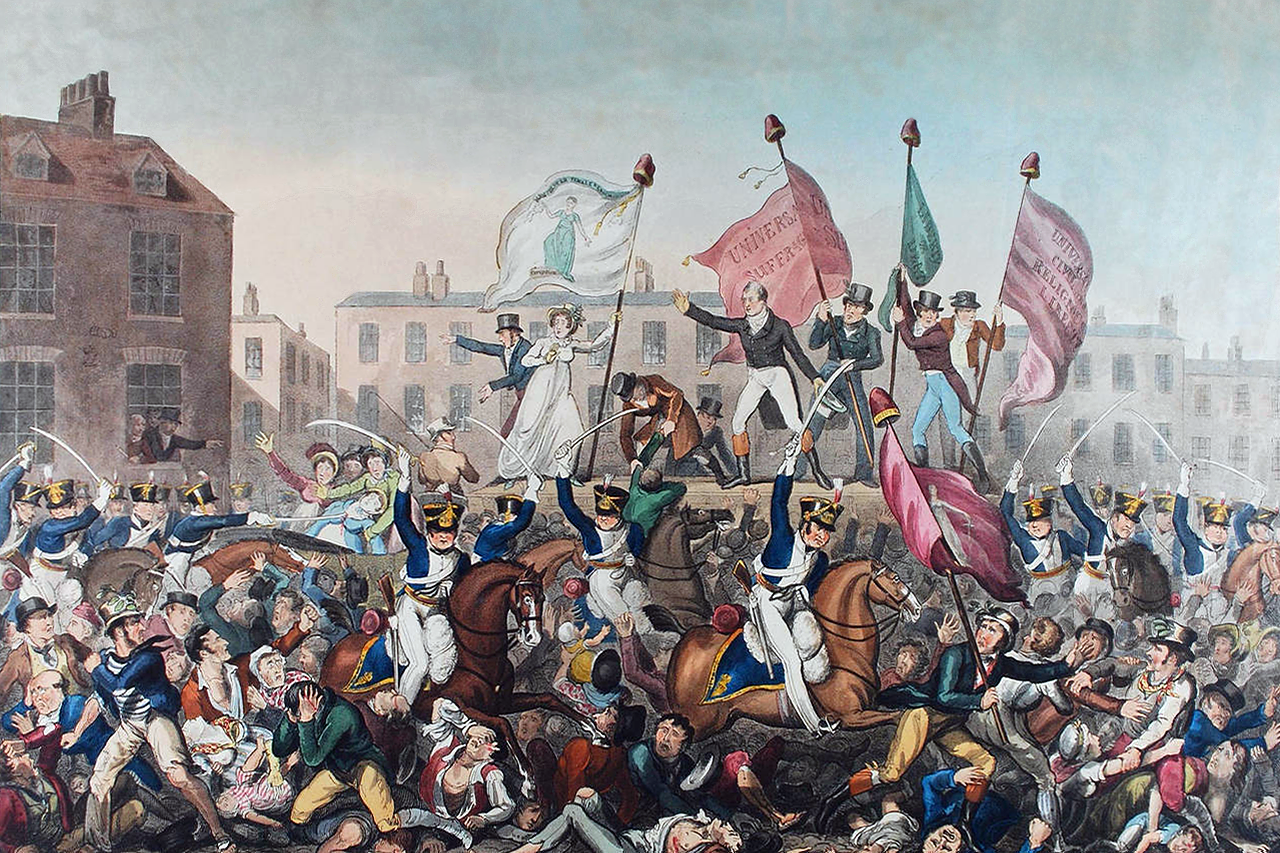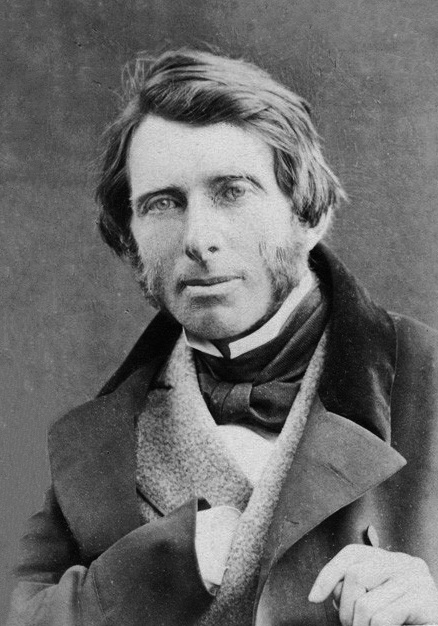|
Chuguev Uprising
The Chuguev uprising was an armed revolt, conducted by military settlers of the Chuguev Regiment in the town of Chuguev (''Chuhuiiv'') in 1819, against the harsh working conditions and regulations in military settlements, in which military service was combined with farm work, being introduced into the Russian Empire in 1816. The uprising began on July 9, 1819, with a demand that military settlements be abolished. Peasants from neighboring villages and military settlers from Balakleya (''Balakliia'') soon joined the military settlers of the Chuguev Regiment in the uprising. In order to crush the revolt, the Russian government dispatched four infantry regiments and two artillery batteries under the command of the minister of war, General Aleksey Arakcheyev. Finally, after a month of fighting, the uprising was crushed. The crushed uprising resulted in the arrests and cruel punishment to about 2,000 rebels, which included 20 rebels being shot and killed, and 400 being subject to hard l ... [...More Info...] [...Related Items...] OR: [Wikipedia] [Google] [Baidu] |
Chuhuiv
Chuhuiv ( uk, Чугуїв) or Chuguev (russian: Чугуев) is a city in Kharkiv Oblast, Ukraine. The city is the administrative center of Chuhuiv Raion (district). It hosts the administration of Chuhuiv urban hromada, one of the hromadas of Ukraine. Chuhuiv's food industry focuses on producing mayonnaise along with other staple supporting condiments. History The City's founding date is disputed with historical assertions ranging from 1540 to 1627. Some academics believe that the city was built upon the orders Russia's first Tsar Ivan the Terrible who reigned from 1547 to 1584. A military fort was built adjacent to the city in 1638 by Ukrainian Cossacks of Yakiv Ostryanyn (see Ostryanyn uprising) on the order of Muscovite Tsar Mikhail Fedorovich. A military presence of some form near Chuhuiv has remained ever since. The Chuguev uprising of 1819 was a revolt of military settlers. During the government of the Soviet Union, the base became an important military training center. ... [...More Info...] [...Related Items...] OR: [Wikipedia] [Google] [Baidu] |
Military Settlements
Military settlements (russian: Военные поселения) represented a special organization of the Russian military forces in 1810–1857, which allowed the combination of military service and agricultural employment. The beginning of the reform The Emperor Alexander I of Russia (reigned 1801-1825) introduced military settlements in order to set up an inexpensive reserve of trained military forces. Count Alexei Arakcheyev, who had held senior military and political appointments, established the first military settlement (1810-1812) in the Klimovichskiy Uyezd of the Mogilev Governorate (in present-day Belarus). The organization of military settlements got under way on a large scale from 1816. In 1817 Count Arakcheyev officially became the head of all the military settlements ( ru , начальника военных поселений) in Russia. Internal organization The quartered military forces were being formed from among married soldiers, who had already served in ... [...More Info...] [...Related Items...] OR: [Wikipedia] [Google] [Baidu] |
Russian Empire
The Russian Empire was an empire and the final period of the Russian monarchy from 1721 to 1917, ruling across large parts of Eurasia. It succeeded the Tsardom of Russia following the Treaty of Nystad, which ended the Great Northern War. The rise of the Russian Empire coincided with the decline of neighbouring rival powers: the Swedish Empire, the Polish–Lithuanian Commonwealth, Qajar Iran, the Ottoman Empire, and Qing China. It also held colonies in North America between 1799 and 1867. Covering an area of approximately , it remains the third-largest empire in history, surpassed only by the British Empire and the Mongol Empire; it ruled over a population of 125.6 million people per the 1897 Russian census, which was the only census carried out during the entire imperial period. Owing to its geographic extent across three continents at its peak, it featured great ethnic, linguistic, religious, and economic diversity. From the 10th–17th centuries, the land ... [...More Info...] [...Related Items...] OR: [Wikipedia] [Google] [Baidu] |
Balakliia
Balakliia ( uk, Балаклія, ; russian: Балаклея, translit=Balakleya) or Balakliya is a city in Izium Raion, in Kharkiv Oblast (province), eastern Ukraine, on the north-east side of the Siverskyi Donets river close to where it is joined by the which runs through the city. It is an important railroad junction in the oblast. Balakliia hosts the administration of , one of the hromadas of Ukraine. In 2021 it had an estimated population of 26,921. Administrative status Until 18 July 2020, Balakliia was the administrative center of Balakliia Raion. The raion was abolished in July 2020 as part of the administrative reform of Ukraine, which reduced the number of raions of Kharkiv Oblast to seven. The area of Balakliia Raion was merged into Izium Raion. History Early history and etymology The land that is now Balakliia has been inhabited since ancient times. Settlements from the Neolithic Age and Bronze Age have been preserved. The city's name is derived from the , a trib ... [...More Info...] [...Related Items...] OR: [Wikipedia] [Google] [Baidu] |
Aleksey Arakcheyev
Count Alexey Andreyevich Arakcheyev or Arakcheev (russian: граф Алексе́й Андре́евич Аракче́ев) ( – ) was an Imperial Russian general and statesman during the reign of Tsar Alexander I. He served under Tsars Paul I and Alexander I as an army commander and Inspector of Artillery. He had a violent temper, but was a competent artillerist, and is known for his reforms of Russian artillery known as the "System of 1805". When Alexander was succeeded by Nicholas I, he lost all his offices. Early years Count Arakcheyev was born on his father's estate in Garusovo, in Vyshnevolotsky Uyezd (at the time a part of Novgorod Governorate, from 1796 part of Tver Governorate). He was educated in arithmetic by a priest, and though he shone at arithmetic, he never mastered writing and grammar. In 1783, with the help of General Peter Ivanovich Melissino, Arakcheyev enrolled in the Shlyakhetny artillery school in Saint-Petersburg. By 1787 he had become a lieutenant i ... [...More Info...] [...Related Items...] OR: [Wikipedia] [Google] [Baidu] |
Ukraine
Ukraine ( uk, Україна, Ukraïna, ) is a country in Eastern Europe. It is the second-largest European country after Russia, which it borders to the east and northeast. Ukraine covers approximately . Prior to the ongoing Russian invasion, it was the eighth-most populous country in Europe, with a population of around 41 million people. It is also bordered by Belarus to the north; by Poland, Slovakia, and Hungary to the west; and by Romania and Moldova to the southwest; with a coastline along the Black Sea and the Sea of Azov to the south and southeast. Kyiv is the nation's capital and largest city. Ukraine's state language is Ukrainian; Russian is also widely spoken, especially in the east and south. During the Middle Ages, Ukraine was the site of early Slavic expansion and the area later became a key centre of East Slavic culture under the state of Kievan Rus', which emerged in the 9th century. The state eventually disintegrated into rival regional po ... [...More Info...] [...Related Items...] OR: [Wikipedia] [Google] [Baidu] |
Cossack Uprisings
The Cossack uprisings (also kozak rebellions, revolts) were a series of military conflicts between the cossacks and the states claiming dominion over the territories the Cossacks lived in, namely the Polish–Lithuanian Commonwealth and Russian Empire during the 16th, 17th, and 18th centuries. Both states tried to exert control over the independent-minded Cossacks. While the early uprisings were against the Commonwealth, as the Russian Empire gained increasing and then total control over the Ruthenian (Ukrainian) lands where the Cossacks lived, the target of Cossacks uprisings changed as well. The origins of the first Cossacks are disputed. Traditional historiography dates the emergence of Cossacks to the 14th to 15th centuries. Towards the end of the 15th century, the Ukrainian Cossacks formed the Zaporozhian Sich centered on the fortified Dnipro islands. Initially a vassal of Polish–Lithuanian Commonwealth, the increasing social and religious pressure from the Commonwealth cau ... [...More Info...] [...Related Items...] OR: [Wikipedia] [Google] [Baidu] |
Conflicts In 1819
Conflict may refer to: Arts, entertainment, and media Films * ''Conflict'' (1921 film), an American silent film directed by Stuart Paton * ''Conflict'' (1936 film), an American boxing film starring John Wayne * ''Conflict'' (1937 film), a Swedish drama film directed by Per-Axel Branner * ''Conflict'' (1938 film), a French drama film directed by Léonide Moguy * ''Conflict'' (1945 film), an American suspense film starring Humphrey Bogart * ''Catholics: A Fable'' (1973 film), or ''The Conflict'', a film starring Martin Sheen * ''Judith'' (1966 film) or ''Conflict'', a film starring Sophia Loren * ''Samar'' (1999 film) or ''Conflict'', a 1999 Indian film by Shyam Benegal Games * ''Conflict'' (series), a 2002–2008 series of war games for the PS2, Xbox, and PC * ''Conflict'' (video game), a 1989 Nintendo Entertainment System war game * '' Conflict: Middle East Political Simulator'', a 1990 strategy computer game Literature and periodicals * ''Conflict'' (novel) ... [...More Info...] [...Related Items...] OR: [Wikipedia] [Google] [Baidu] |
19th-century Rebellions
The 19th (nineteenth) century began on 1 January 1801 ( MDCCCI), and ended on 31 December 1900 ( MCM). The 19th century was the ninth century of the 2nd millennium. The 19th century was characterized by vast social upheaval. Slavery was abolished in much of Europe and the Americas. The First Industrial Revolution, though it began in the late 18th century, expanding beyond its British homeland for the first time during this century, particularly remaking the economies and societies of the Low Countries, the Rhineland, Northern Italy, and the Northeastern United States. A few decades later, the Second Industrial Revolution led to ever more massive urbanization and much higher levels of productivity, profit, and prosperity, a pattern that continued into the 20th century. The Islamic gunpowder empires fell into decline and European imperialism brought much of South Asia, Southeast Asia, and almost all of Africa under colonial rule. It was also marked by the collapse of the large S ... [...More Info...] [...Related Items...] OR: [Wikipedia] [Google] [Baidu] |
1819 In The Russian Empire
Events January–March * January 2 – The Panic of 1819, the first major peacetime financial crisis in the United States, begins. * January 25 – Thomas Jefferson founds the University of Virginia. * January 29 – Sir Stamford Raffles lands on the island of Singapore. * February 2 – ''Dartmouth College v. Woodward'': The Supreme Court of the United States under John Marshall rules in favor of Dartmouth College, allowing Dartmouth to keep its charter and remain a private institution. * February 6 – A formal treaty, between Hussein Shah of Johor and the British Sir Stamford Raffles, establishes a trading settlement in Singapore. * February 15 – The United States House of Representatives agrees to the Tallmadge Amendment, barring slaves from the new state of Missouri (the opening vote in a controversy that leads to the Missouri Compromise). * February 19 – Captain William Smith of British merchant brig ''Williams'' sights Williams ... [...More Info...] [...Related Items...] OR: [Wikipedia] [Google] [Baidu] |
1819 In Ukraine
Events January–March * January 2 – The Panic of 1819, the first major peacetime financial crisis in the United States, begins. * January 25 – Thomas Jefferson founds the University of Virginia. * January 29 – Sir Stamford Raffles lands on the island of Singapore. * February 2 – ''Dartmouth College v. Woodward'': The Supreme Court of the United States under John Marshall rules in favor of Dartmouth College, allowing Dartmouth to keep its charter and remain a private institution. * February 6 – A formal treaty, between Hussein Shah of Johor and the British Sir Stamford Raffles, establishes a trading settlement in Singapore. * February 15 – The United States House of Representatives agrees to the Tallmadge Amendment, barring slaves from the new state of Missouri (the opening vote in a controversy that leads to the Missouri Compromise). * February 19 – Captain William Smith (mariner), William Smith of British merchant brig ''Wi ... [...More Info...] [...Related Items...] OR: [Wikipedia] [Google] [Baidu] |
1819 In Poland
Events January–March * January 2 – The Panic of 1819, the first major peacetime financial crisis in the United States, begins. * January 25 – Thomas Jefferson founds the University of Virginia. * January 29 – Sir Stamford Raffles lands on the island of Singapore. * February 2 – ''Dartmouth College v. Woodward'': The Supreme Court of the United States under John Marshall rules in favor of Dartmouth College, allowing Dartmouth to keep its charter and remain a private institution. * February 6 – A formal treaty, between Hussein Shah of Johor and the British Sir Stamford Raffles, establishes a trading settlement in Singapore. * February 15 – The United States House of Representatives agrees to the Tallmadge Amendment, barring slaves from the new state of Missouri (the opening vote in a controversy that leads to the Missouri Compromise). * February 19 – Captain William Smith of British merchant brig ''Williams'' sights Williams ... [...More Info...] [...Related Items...] OR: [Wikipedia] [Google] [Baidu] |
.jpg)






